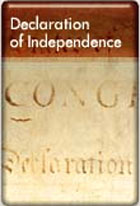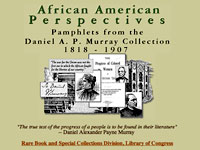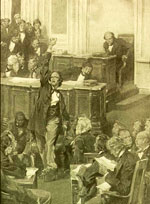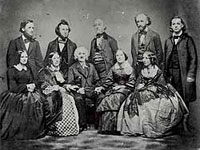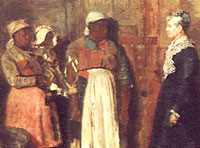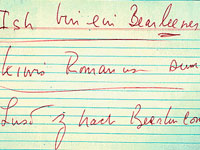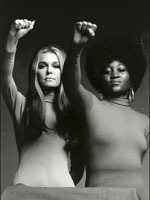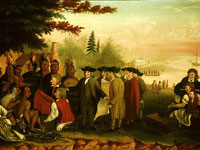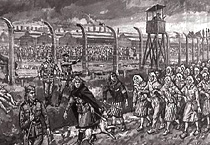Coming of the American Revolution, 1764-1776
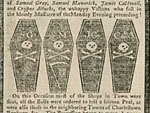
A well-designed introduction to the major political events in Massachusetts that preceded and coincided with the beginning of the American Revolution. This website provides a series of 15 essays on the Sugar Act, the Stamp Act, the Sons of Liberty, the Townshend Acts, boycotts, the Boston Massacre, the Committees of Correspondence, the Tea Party, the Coercive Acts, the First Continental Congress, Lexington and Concord, the Second Continental Congress, the Battle of Bunker Hill, George Washington, and the Declaration of Independence.
Each of these essays is keyed to a selection of the site's more than 150 primary documents—letters, newspaper articles, government acts, broadsides and more—that are available in high-resolution scanned versions on the site. The essay on the Declaration of Independence, for example, links to images of the various drafts of the document, as well as letters between John and Abigail Adams exalting over the Declaration.
The website also has brief biographies of the political actors in the historical drama that was unfolding. In addition, the website has a section that approaches the same material with lesson plans and curriculum objectives appropriate for the use of American history teachers. A short orientation for students is also included.
